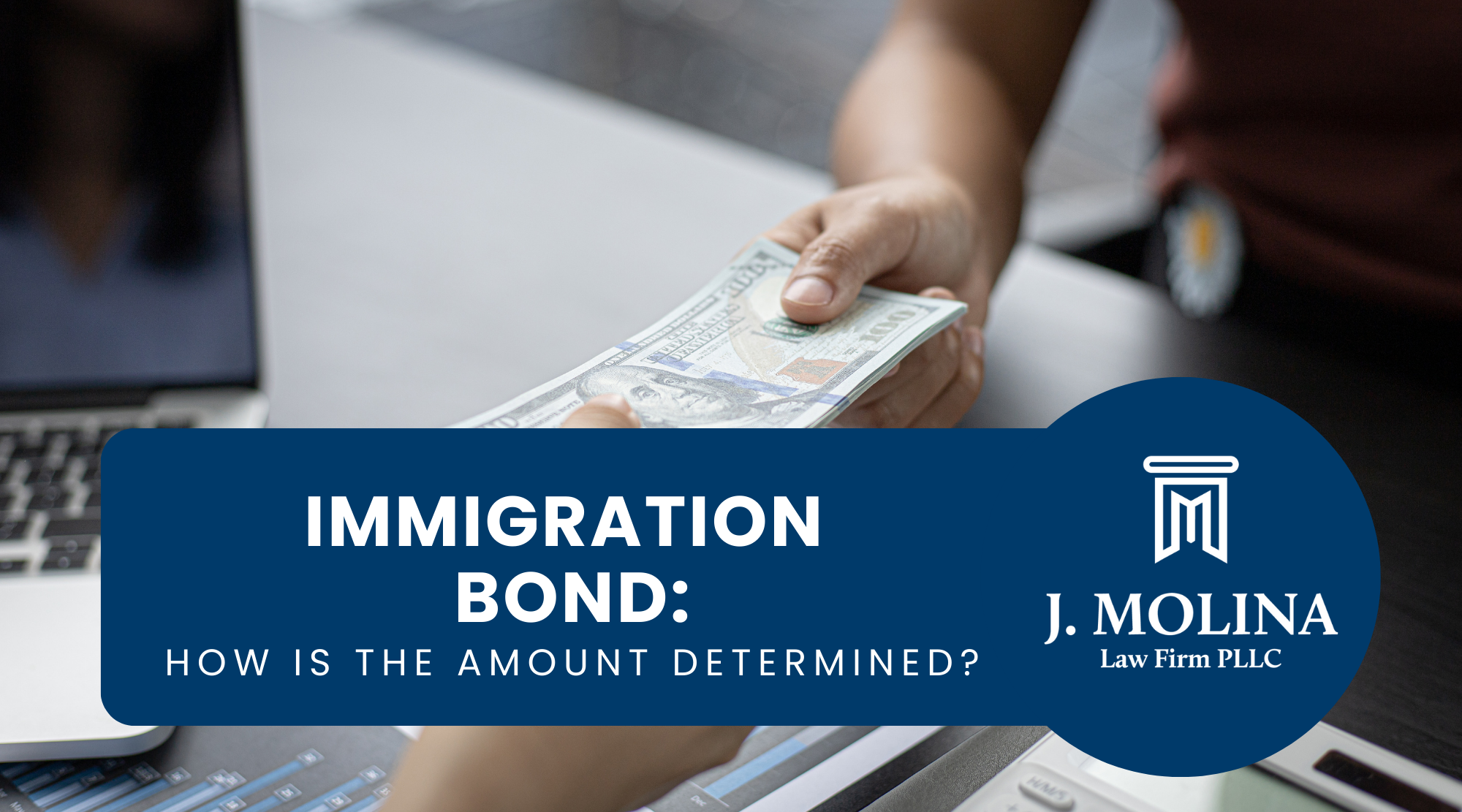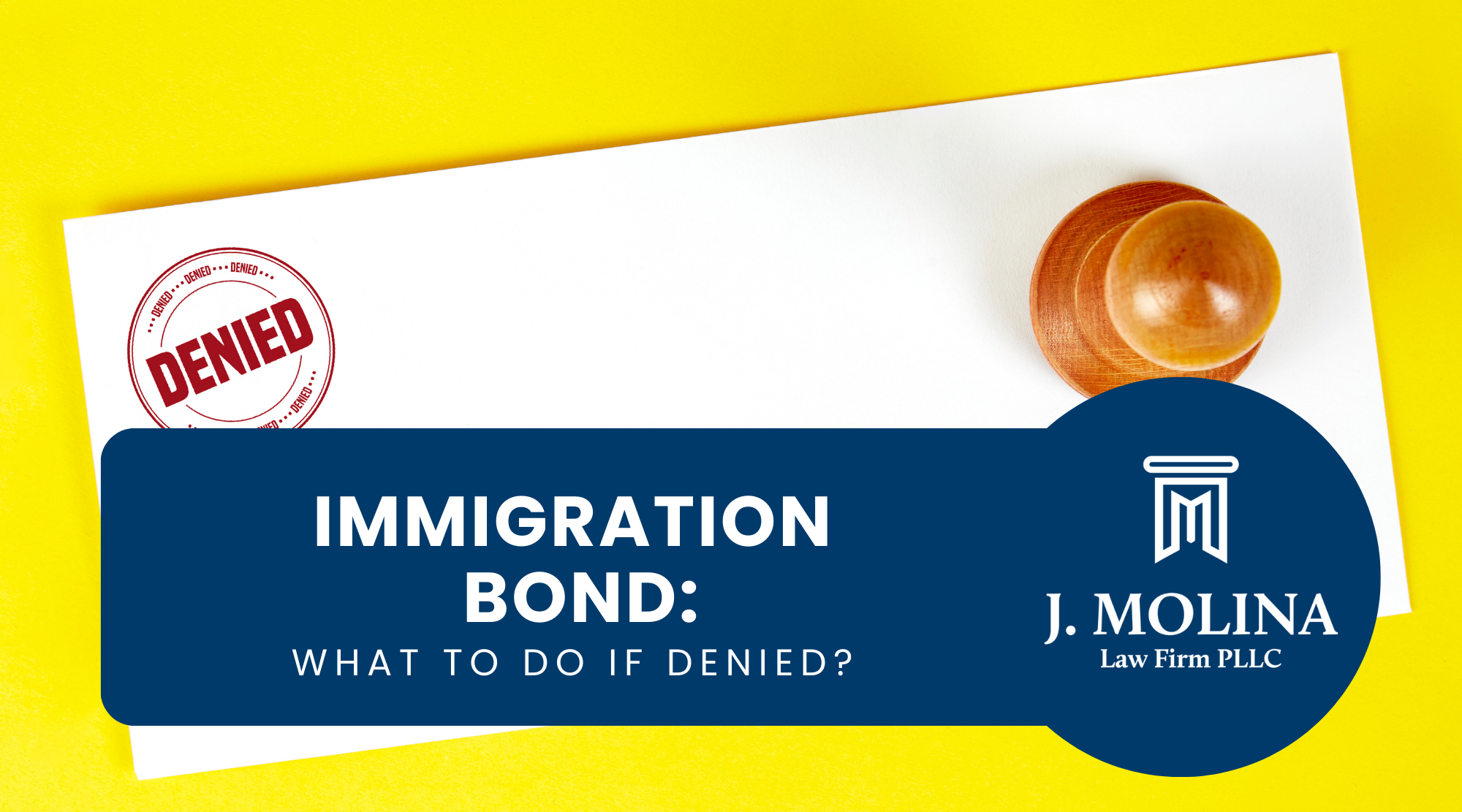When someone is detained by immigration authorities, one of the biggest concerns is whether they can be released—and if so, how much the immigration bond will be. While some may qualify for release, the amount set can vary widely. Understanding how bond amounts are determined can help families prepare and build a stronger case for a fair outcome.
What Is an Immigration Bond?
An immigration bond is a financial guarantee to the U.S. government that the individual will appear at all scheduled immigration court hearings. If the person complies with the terms of release, the bond can be returned at the end of the case. If not, the bond is forfeited.
By law, the minimum bond is typically $1,500, but in practice, bond amounts often range from $5,000 to $15,000 or more, depending on the circumstances.
Key Factors That Affect Bond Amounts
Immigration judges—and in some cases, the Department of Homeland Security (DHS)—consider several factors when setting the bond amount:
1. Flight Risk
The most important factor is whether the person is likely to return to court. If the judge believes someone may miss future hearings, they may set a higher bond to discourage flight or deny bond altogether.
Evidence of stable residence, family in the U.S., or prior compliance with immigration orders can help reduce concerns of flight risk.
2. Criminal History
A serious or recent criminal record, especially involving violent crimes or aggravated felonies, can significantly increase the bond amount—or lead to a denial of bond. The judge must balance public safety with the rights of the individual.
3. Community Ties
Individuals who have strong ties to the community—such as long-term residence, employment, school enrollment, or close family members in the U.S.—are often seen as lower risk and may be granted a lower bond.
Letters from employers, churches, or family members can be useful in proving this.
4. Immigration History
Past violations of immigration law—such as overstaying a visa, reentering after deportation, or failing to appear in prior proceedings—can lead to higher bonds. These violations raise concerns about compliance in future hearings.
5. Financial Ability
The judge may also take into account the financial resources of the individual and their family. A bond should be high enough to ensure compliance, but not so high that it becomes impossible to pay. If a family can only afford a certain amount, this should be presented during the bond hearing.
Is There a Maximum Bond?
There’s no official upper limit, but some bond amounts can exceed $20,000 or more in complex cases. That’s why it’s so important to have proper legal representation that can present evidence and arguments to support a lower bond.
The goal is to find a balance between government interests (ensuring attendance in court) and fairness to the detainee, taking into account their individual circumstances.
Need Help with a Bond Hearing?
At J. Molina Law Firm, we know that getting a loved one out of detention is urgent. Our team prepares strong bond hearing packages that include supporting documents, legal arguments, and personalized strategies to fight for the lowest possible bond—or challenge unnecessary detention.
Call us today to schedule a confidential consultation. Let us help you protect your freedom and future.



